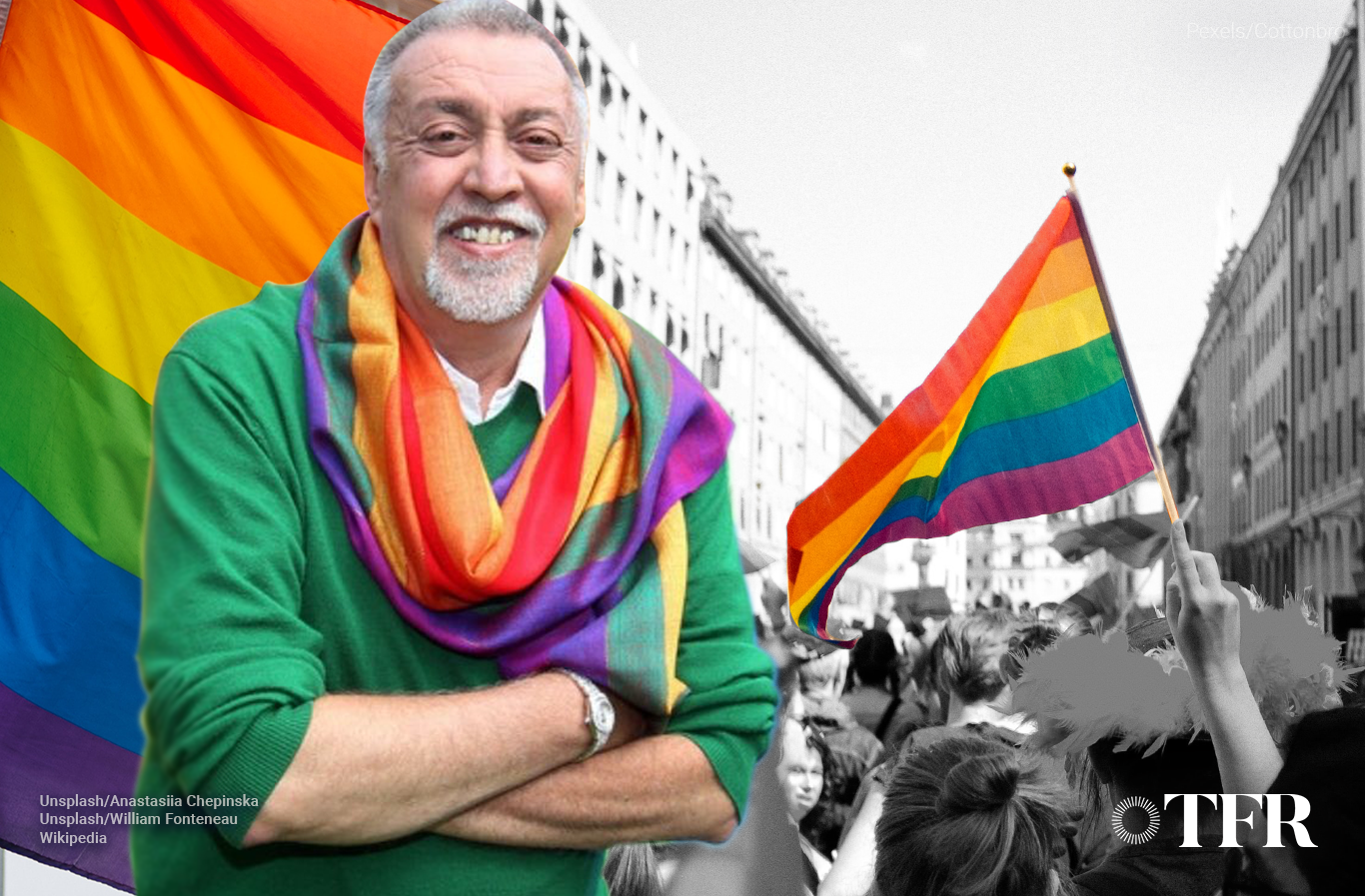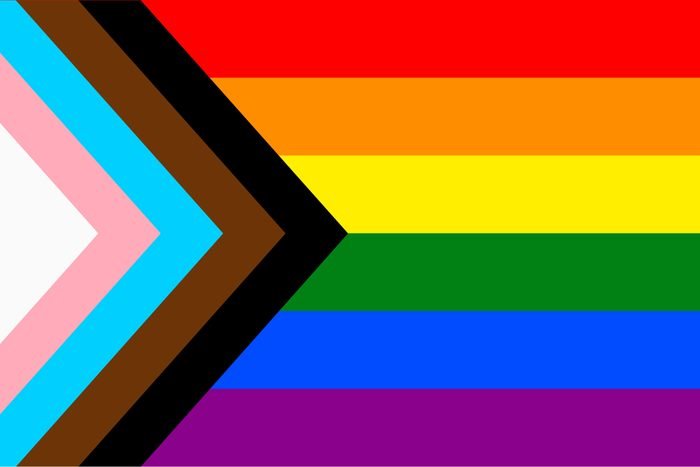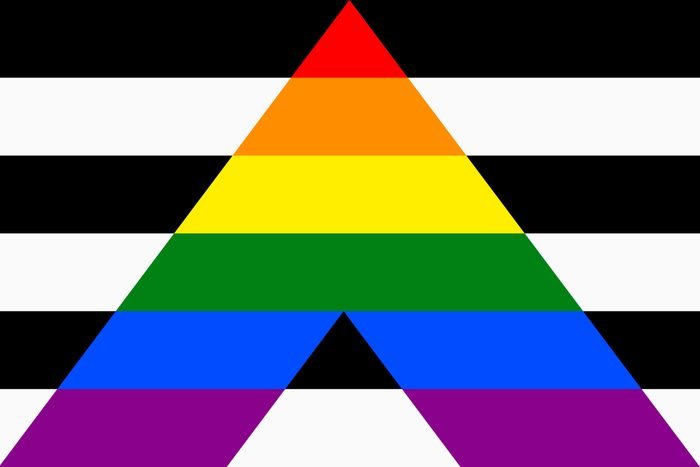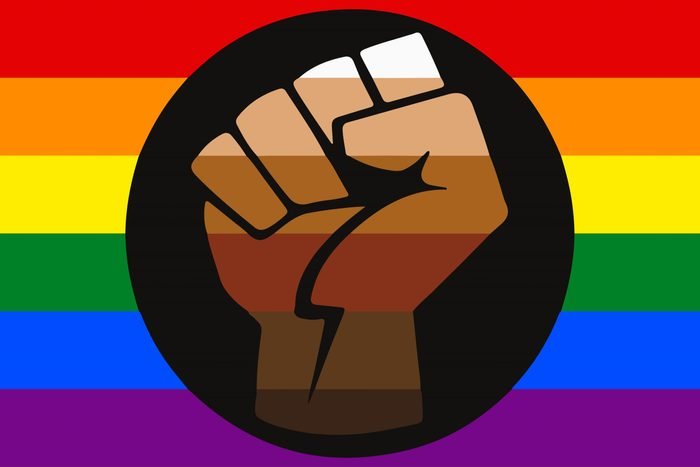Recognising the strokes that paint the rainbow
Written by Siti Fatimah Ayuningdyah | Read in Indonesian
The year was 1978, and the artist was Gilbert Baker. Harvey Milk, the first openly gay person elected to public office in California, came to Baker in 1977 and asked him to create a symbol of pride for the queer community. His inspiration was not too far from home: the United States flag, particularly its series of stacked lines. Baker was also inspired by pop art of the time.
The flag’s introduction was such a breath of fresh air, as it was something created out of pride and positivity, and by a member of the queer community.
Before, the pink triangle was the accepted symbol of queer power; the symbol was initially intended as a badge of shame. In Nazi Germany, a downward-pointing pink triangle was sewn onto the shirts of prisoners to identify – and dehumanise – men imprisoned for their homosexuality.
Homosexuality has been made illegal in Germany since the 1870s, but it was rarely enforced until the Nazi Party took power in 1933. The United States Holocaust Memorial Museum estimates 100,000 gay men were arrested and between 5,000 and 15,000 were placed in concentration camps.
It was only in the early 1970s that the gay rights movement began to emerge in Germany. In 1972, the first autobiography of a gay concentration camp survivor, titled “The Men with the Pink Triangle”, was published. In the year after, post-war Germany’s first gay rights organisation, Homosexuelle Aktion Westberlin (HAW), reclaimed the pink triangle as a symbol of liberation.
As powerful as the history of the pink triangle is, the rainbow flag represents a different meaning. Baker argued that there was a need for a new symbol beyond the pink triangle, something new, hopeful and was birthed by the queer community itself.
The colours within the flag were meant to represent togetherness, since LGBT people come in all races, ages and genders, and rainbows are both natural and beautiful. The original flag featured eight colours, each with its own meaning.
At the top was hot pink, which represented sex, red for life, orange for healing, yellow signifying sunlight, green for nature, turquoise to represent art, indigo for harmony and finally violet at the bottom for spirit. The flag was first showcased at San Francisco’s Gay Freedom Day Parade on 25 June 1978.
The flag has gone through its fair share of adjustments since then, most notably the dropping of the pink stripe due to difficulties in sourcing pink fabrics. The design was never trademarked, as Baker wanted the flag to be kept a free symbol for all in the community to use.
image: Philadelphia Pride Flag
More recently in 2017, a new pride flag was introduced by the city of Philadelphia, with the addition of black and brown stripes, and was meant to better represent the inclusion of queer people of colour.
Indeed, there are more versions of the rainbow flag beyond the ones introduced by Gilbert Barker and the city of Philadelphia. In fact, there are more than 30 versions of it, and here is a handful of them:
Transgender Pride Flag
This flag was invented in 1999 by an American transgender Navy veteran named Monica Helms. The flag then debuted at a Pride parade in Phoenix in 2000. Light blue and pink are featured because these are the traditional colours often associated with baby boys and girls, respectively. The white represents those who are intersex, transitioning, or see themselves as having a neutral or undefined gender.
Image: Transgender Pride Flag
Progress Pride Flag
This one followed the introduction of the Philadelphia pride flag. Designer Daniel Quasar introduced a reworked version of the flag that is even more inclusive; the white, pink and light blue chevron design on the Progress pride flag reflects the colours of the transgender flag, while the brown and black stripes represent marginalised people of colour. The black stripe is also meant to honour those affected by HIV/AIDS.
Image: Progress Pride Flag
Ally Pride Flag
The flag, which is estimated to be created in the late 2000s, acts as a symbol of support from heterosexual and/or cisgender people for LGBTQ individuals. The ‘A’ in the center of the flag stands for the word ally, while the black and white stripes in the background represent heterosexual and/or cisgender people.
Image: Ally Pride Flag
Non-binary Pride Flag
Created in 2014 to represent non-binary individuals, whose gender identities do not fit within the traditional male/female binary. The colours symbolise those whose gender falls outside of and without reference to the binary (yellow), people with many or all genders (white), those whose gender identity falls somewhere between male/female or is a mix of them (purple) and people who feel they are without a gender (black).
Image: Non-binary Pride Flag
Queer People of Colour (QPOC) Pride Flag
It famously appeared at the San Francisco Pride in 2019 and rose to prominence in 2020. The raised clenched fist in the centre of the traditional rainbow flag indicates solidarity with the Black Lives Matter movement. The QPOC flag also represents how the queer community and people of colour have been intertwined over the years in their respective fights for equality.
Image: Queer POC Pride Flag

























